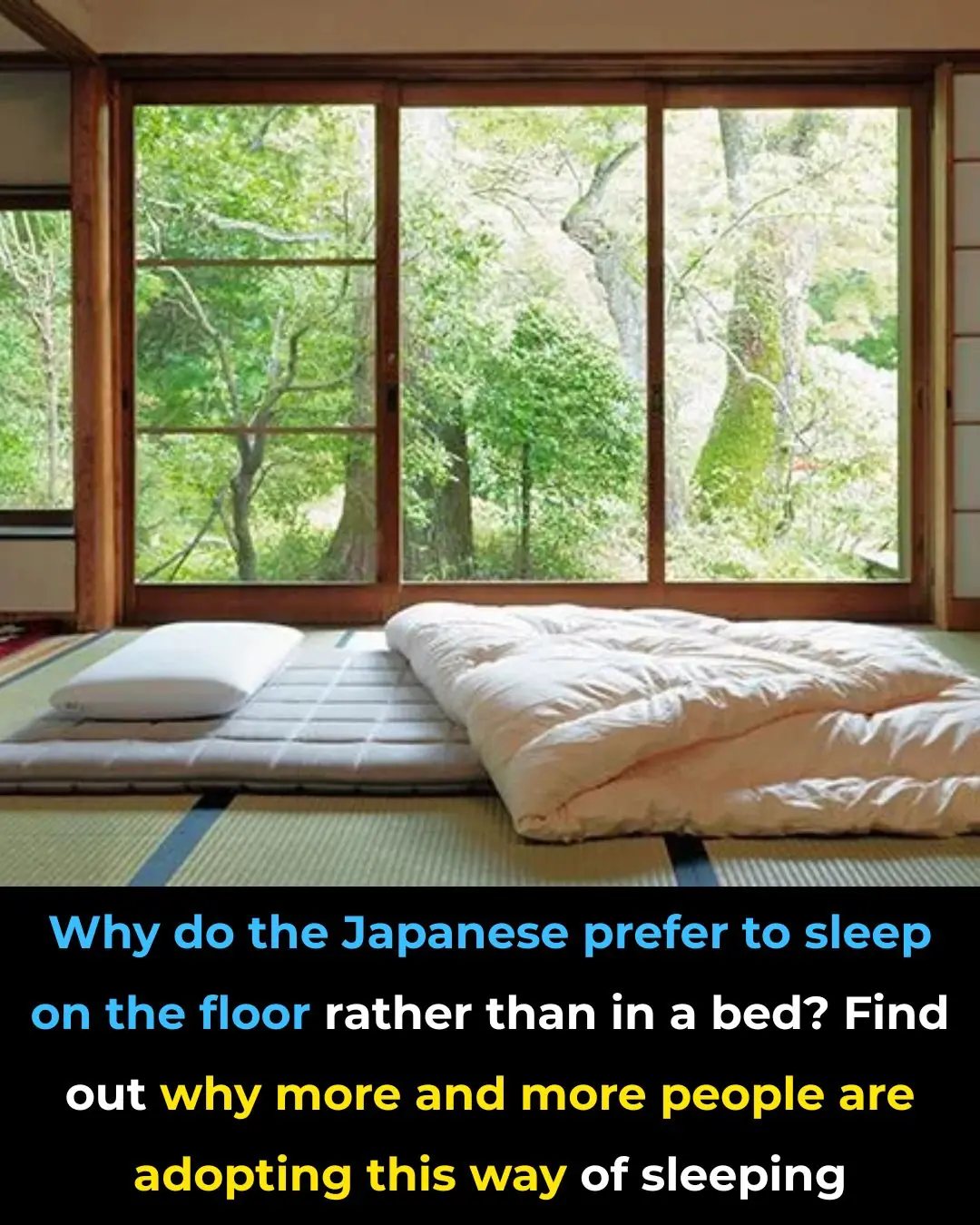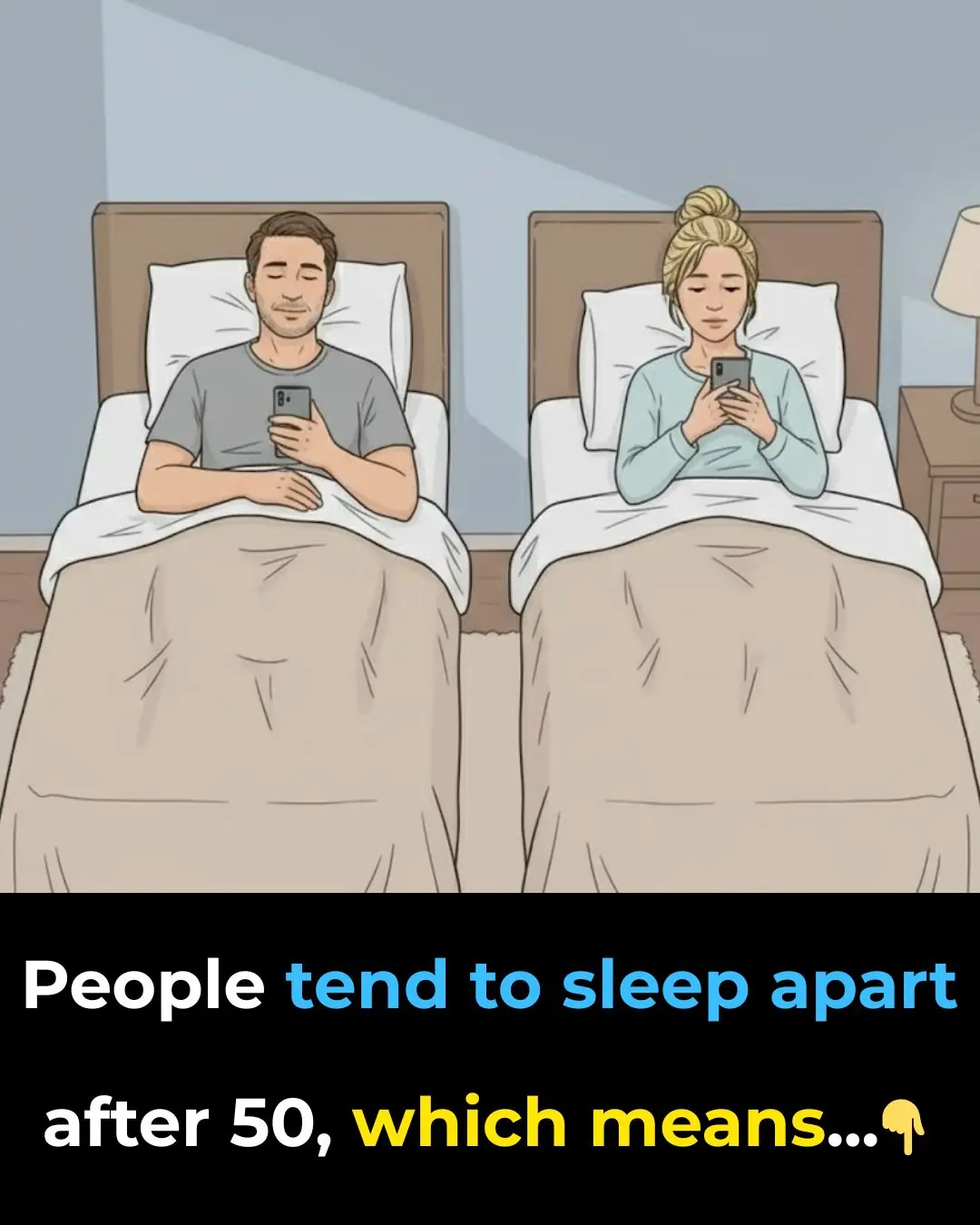
U.S. Life Expectancy Lags Behind Other Wealthy English-Speaking Nations — The Contributing Factors

The Longevity Divide: Why Some Nations Are Living Longer—and Better
Longevity should be one of the clearest signs of progress. It tells us whether societies are not only curing disease but also creating environments where people can thrive—physically, mentally, and socially. A longer life reflects not just medical innovation, but the sum of everything a culture values: safety, community, opportunity, and the capacity to care for one another.
Yet when you look across the world’s wealthiest English-speaking nations, a striking contrast comes into view.
On one side stands Australia, where life expectancy has quietly and steadily climbed for decades, now surpassing nearly every peer nation. On the other is the United States, where lives are shorter, despite unmatched spending on healthcare and technology.
This gap is not abstract—it shows up in the most ordinary realities: the safety of a neighborhood, the availability of nutritious food, the affordability of care, and the invisible stress that shapes daily life. And it leads to a deeper question: why do some nations extend both years and quality of life while others stall? What does this say about the systems we build, the choices we make, and what we truly define as “living well”?
The Growing Divide in Years Lived
Numbers can strip away comforting narratives. When researchers compared six wealthy English-speaking nations—Australia, Canada, New Zealand, the UK, Ireland, and the U.S.—one stood apart. The United States has recorded the lowest life expectancy at birth every single year since 2001.
By 2019, the divide had become undeniable. American men lived almost five years less than Australian men, and American women nearly four years less than their Australian counterparts.
What’s more troubling is not only the distance between the two but the direction each country is heading. In 1990, the difference between the best and worst performers was only a few years. Today, that gap has almost doubled. The U.S. continues to spend more per capita on healthcare than any of its peers, yet it’s the only one watching its position erode as others surge ahead.
Ireland’s transformation underscores what’s possible. Once near the bottom of the rankings, it added more than eight years for men and six for women within a generation—proof that change is achievable with sustained effort. Australia, meanwhile, has maintained its lead for decades through consistency: strong public health systems, prevention-first policies, and accessible care.
When researchers widened their comparison to 20 other high-income nations, the American position became even more alarming. American women ranked dead last, and American men have held the lowest life expectancy since 2005. In contrast, Australian men are among the global leaders at age 65 and have remained there for more than a decade.
Among nations that share prosperity, language, and similar democratic values, the United States has become the outlier—and the gap is no longer closing. It’s growing.
The Cost of Early Loss
The drag on American life expectancy isn’t just about chronic disease in old age—it’s the staggering number of people dying too young. Researchers found that much of the gap between the U.S. and Australia appears between ages 25 to 44 and 45 to 64—the decades when people should be at their healthiest and most productive.
And the leading causes aren’t mysterious illnesses but preventable tragedies: drug overdoses, car crashes, suicides, and firearm deaths. Each one is both personal and systemic, reflecting deep fractures in healthcare access, safety regulation, and social cohesion.
As study co-author Jessica Ho of Penn State explains, “One of the main drivers of why American longevity is so much shorter than in other high-income countries is that our younger people die at higher rates from largely preventable causes of death—like drug overdose, car accidents, and homicide.”
By midlife, a new wave of threats emerges. Heart disease, obesity, diabetes, lung disease, and certain cancers hit harder in the U.S. than in peer nations. Ho adds, “Some of these may relate to sedentary lifestyles, high rates of obesity, unhealthy diets, chronic stress, and a history of smoking. These patterns of unhealthy behaviors put Americans at a disadvantage in both health and vitality.”
The result is a compounding loss: the U.S. loses too many people too soon and then carries heavier burdens of chronic illness later on. Together, these forces drag down national averages—and lives—despite the nation’s extraordinary resources.
Health Depends on Your Zip Code
The American story is also one of internal inequality. Within the same country, life expectancy can vary by more than a decade depending on your ZIP code. Southern and Appalachian states consistently rank lowest, while wealthier coastal or urban regions fare better.
In these low-performing areas, early deaths from overdoses, car crashes, and firearms cluster among younger adults, while chronic illnesses dominate middle and later life.
Australia offers a revealing contrast. Its overall life expectancy is higher, and it shows much smaller regional variation. Most Australian states cluster near the top, while the U.S. map is fragmented into patches of prosperity surrounded by zones of preventable suffering.
The reason isn’t geography—it’s policy. Regions with stronger public health systems, safer infrastructure, and equitable access to care simply save more lives. The American map, when overlaid with data on income inequality, firearm regulation, and healthcare access, reveals a consistent pattern: where investment is weakest, mortality is highest.
National averages, then, are illusions. They hide deep fractures that only become visible when you zoom in.
Australia’s Playbook for Longevity
Australia’s longevity edge is not luck. It’s the result of strategic policy choices and a culture that treats public health as a collective responsibility rather than a private luxury.
After enacting sweeping firearm reforms in the late 1990s, Australia saw gun deaths plummet and mass shootings virtually disappear. Investments in mental health services, such as the national Headspace program for youth, provide early intervention before crises spiral.
Australia also leads in preventive healthcare—universal screenings, smoking cessation programs, and a diet shaped by robust public education. Compared to the U.S., smoking-related deaths are significantly lower, and survival rates for heart disease, cancer, and respiratory illness are higher.
Jessica Ho sums it up: “Australia far outperforms the U.S. because it managed to get young adult mortality under control. It has lower levels of gun deaths, substance abuse, and better management of chronic diseases—all signs of both good policy and supportive culture.”
The lesson isn’t abstract. For the U.S., the path forward is tangible: focus on preventable deaths, expand access to primary care, treat mental health as essential, and reduce social inequality. Australia shows that when prevention and equity are prioritized, the benefits cascade across generations.
Seven Daily Choices That Add Life to Your Years
While national policy matters, longevity also grows in the small daily habits that shape our bodies and minds. Science now confirms that lifestyle can add not just years to life but life to years.
-
Keep your body in motion.
Regular activity—whether walking, stretching, or gardening—reduces the risk of heart disease, diabetes, and depression. -
Choose food that nourishes, not numbs.
Diets rich in whole foods, vegetables, and lean proteins protect longevity far more effectively than supplements ever could. -
Guard your sleep as sacred.
Rest regulates immunity, metabolism, and mental clarity. Chronic deprivation is a silent killer. -
Don’t skip preventive care.
Routine screenings for blood pressure, glucose, and cancers detect problems when they’re still reversible. -
Be conscious of substances.
Moderating alcohol, avoiding recreational drugs, and seeking help early prevent tragedies that statistics can’t fully capture. -
Shape safer communities.
Advocate for safe roads, responsible firearm storage, and accessible mental health resources—these protect not only individuals but entire neighborhoods. -
Nurture your mind and social ties.
Loneliness is now recognized as a health risk comparable to smoking. Genuine connection and emotional support are the invisible architecture of long life.
These aren’t heroic acts. They’re small, repeatable choices that, when multiplied across millions, form the foundation of a healthier society.
Redefining What It Means to Live Well
The American longevity crisis is not merely a medical problem—it’s a reflection of how society defines success. A nation that prizes productivity over balance, wealth over equity, and treatment over prevention will inevitably see its citizens burn out sooner.
Australia’s experience reminds us that longevity grows from the ground up: in stable housing, safe neighborhoods, fair access to healthcare, and a shared belief that every life matters equally.
For individuals, the message is both humbling and empowering: the systems we build matter, but so do the habits we choose. Movement, rest, connection, and compassion are not luxuries—they’re survival tools.
In the end, the true measure of progress is not only how long we live, but how fully, consciously, and kindly those years are lived. Longevity without vitality is mere survival. But a longer life, lived with awareness, connection, and purpose—that is the kind of progress worth striving for.
News in the same category


The Tradition Behind Japanese Floor Sleeping

14 Items to Throw Away Right Now

They are waiting at the bus stop … See it below!👇

People tend to sleep apart after 50, which means

What does it mean when a person helps waiters remove plates from the table, according to psychology?

What does that behavior mean psychologically?

The 1,300-Year-Old Loaves That Brought the Words “I Am the Bread of Life” to Life

The vegetable at the top of the list of 'liver-damaging king', if you eat it, don't blame your liver for early liver damage

The volume button on the phone has 6 hidden "magical" functions that many long-time users still don't know about

🔍 What’s the Purpose of That Tiny Hole in a Safety Pin?

Brown vs. White Eggs: Which Should You Choose?

The Animal You See First Reveals Your Anger Trigger

New Study Finds Eating More Than 1 Egg Per Week Cuts Alzheimer’s Risk by 47%

How Denmark Is Redefining Childhood in the Digital Age

4 things you shouldn't keep

The Hidden Meaning Behind Tongue Piercings Most People Don’t Know

Scientists Create Revolutionary “Superwood” Stronger Than Steel and Completely Fireproof

The Wondiwoi Tree Kangaroo Returns After Nearly a Century of Silence
News Post

Gardening 7 Benefits and Uses of Castor Oil

On the Edge of Engraftment: Gryffin’s Counts Begin to Rise

Put socks on top of the air conditioner: Small thing, big benefits, especially on peak hot days

Halfway Around the World: A Family’s Final Hope for 11-Year-Old Branson Blevins

5 Mistakes Women Unknowingly Make That Drive Men Away

A Senior Year Rewritten: Hailey’s Fight to Walk Again After a Rare Stroke

The Tradition Behind Japanese Floor Sleeping

14 Items to Throw Away Right Now

They are waiting at the bus stop … See it below!👇

Help Little Miłosz Win His Fight for Life

The Pregnant Bear Who Carried a Rifle: A Wild Story of Loss, Instinct, and Unlikely Symbolism

The House Beside Hope – A Family’s Journey Through Fear, Love, and the Gift of a Beating Heart

People tend to sleep apart after 50, which means

A Tiny Heart That Refuses to Give Up — Help Save Little Agnieszka’s Life

Unbreakable Bonds: Rosie’s Race to Stay by Her Owner’s Side

What does it mean when a person helps waiters remove plates from the table, according to psychology?

Ted’s Battle: From Birthday Joy to Bravery Beyond His Years

Pola’s Breath of Courage: A Family’s Unbreakable Hope

What does that behavior mean psychologically?
